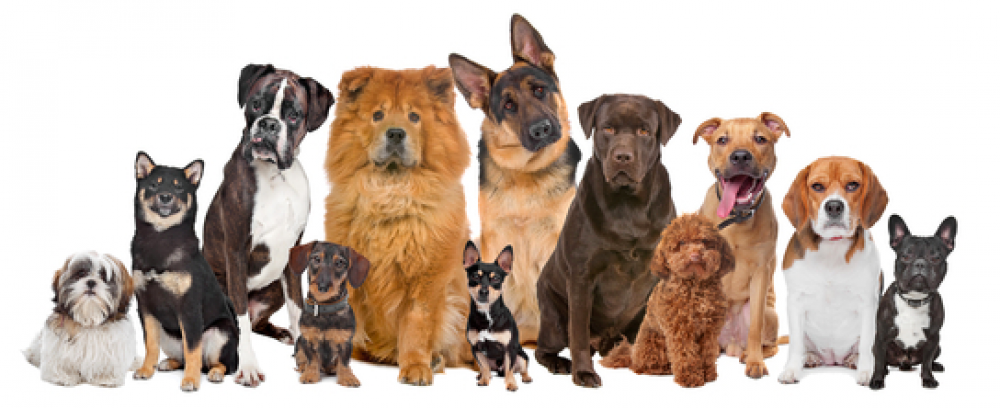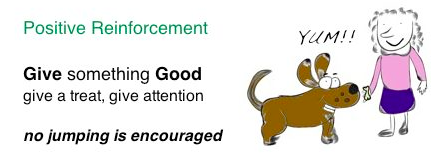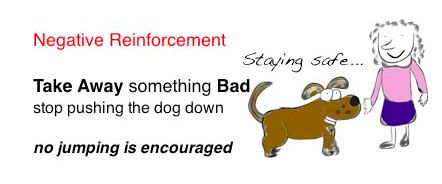The following are broad definitions of the four methods of training explained by Blackwell et al. (2012):
Positive Reinforcement
The probability of a behaviour occurring in the future is increased when the behaviour is associated with the presentation of a pleasant/enjoyable stimulus.
Examples of pleasant and enjoyable stimuli:
- Verbal praise
- Treats
- Play
- Stroking/Petting
Negative Reinforcement
Negative reinforcement increases the probability of a behaviour occurring in the future by using an aversive stimulus until the dog performs a desired behaviour. Under these circumstances, a dog will associate the desired behaviour with avoiding an unpleasant experience.
Examples of stimuli that can be removed once the undesirable behaviour has ceased:
- Withdrawal of attention and/or treats
- Physical restraint (i.e. pushing a dog into position)
- Prong and choke collars
- Electric shock
Positive Punishment
The probability of an undesirable behaviour occurring in the future is decreased when the behaviour is associated with a stimulus perceived as aversive.
Examples of aversive stimuli:
- Physical correction
- Verbal correction
- Citronella spray
- Electric shock
Negative Punishment
The probability of an undesirable behaviour is decreased when the behaviour is associated with the removal of a stimulus perceived as rewarding.
Examples of stimuli that can be taken away is an undesirable behaviour is performed:
- Attention
- Treats
- Toys
Test Your Understanding: Which method of training is used in the following video?
Answer: The dog in the video is being reward for performing the actions that were requested by his owner. This is positive reinforcement with verbal praise as the pleasant situmlus the dog recieves when the target behaviour is performed!




